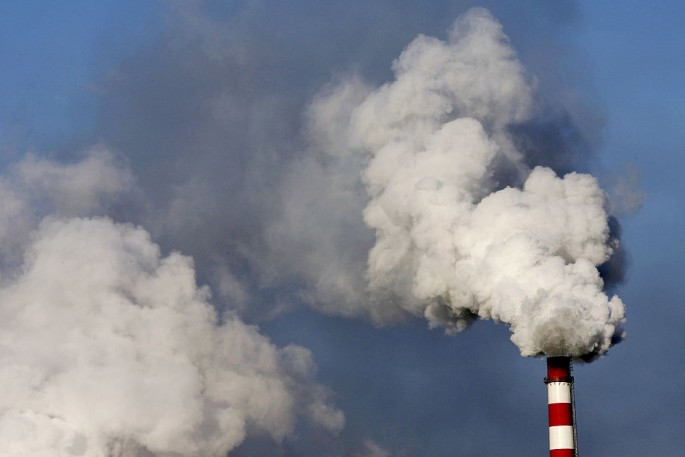Instead of having reached its peak in 2014 as some studies have predicted, China's greenhouse emissions will most likely reach its height by 2030 or earlier, said Xie Zhenhua, China's special representative on climate change on Monday, March 7, according to a report by China Daily.
"It is reasonable for China to set the peak target for around 2030 and we will try our best to achieve it a bit earlier," said Xie, who also serves as one of the country's national political advisers.
Based on a report by Reuters, China seemed to have hit its carbon dioxide emissions peak in 2014, but levels fell in 2015, according to a study conducted by the ESRC Centre for Climate Change Economics and Policy at the London School of Economics, and the Grantham Research Institute on Climate Change.
However, due to an increasingly weak global economy as well as efforts curb emissions in different parts of the globe, the global emission of carbon dioxide fell, said Xie. China was a major contributing factor.
"But we did not reach the peak in 2014," said Xie at a news conference of the National Committee of the Chinese People's Political Consultative Conference held last Monday, March 7.
A timetable was created by the Intended Nationally Determined Contribution of China to try and reach the country's peak by 2030 or earlier, with industrialization and urbanization taken into account.
By 2020, industrialization in the country must be completed, and the population growth stabilized sometime around 2030, said Xie.
To meet the deadline, China will undertake a series of steps to slow down growth of emissions in the country. This includes bringing the use of sustainable energy at the forefront, with China having already installed 25 percent of sustainable energy capacity worldwide.
Other steps include the development of non-fossil fuels, forest expansion in the country, increase in energy efficiency, and the adjustment of the country's industrial structure.
It is expected that non-fossil fuels will be used by a larger number of people by 2020, increasing its account for 15 percent in the national energy mix.
China also plans to reduce its carbon intensity by 18 percent in the next five years, said Xie.



























